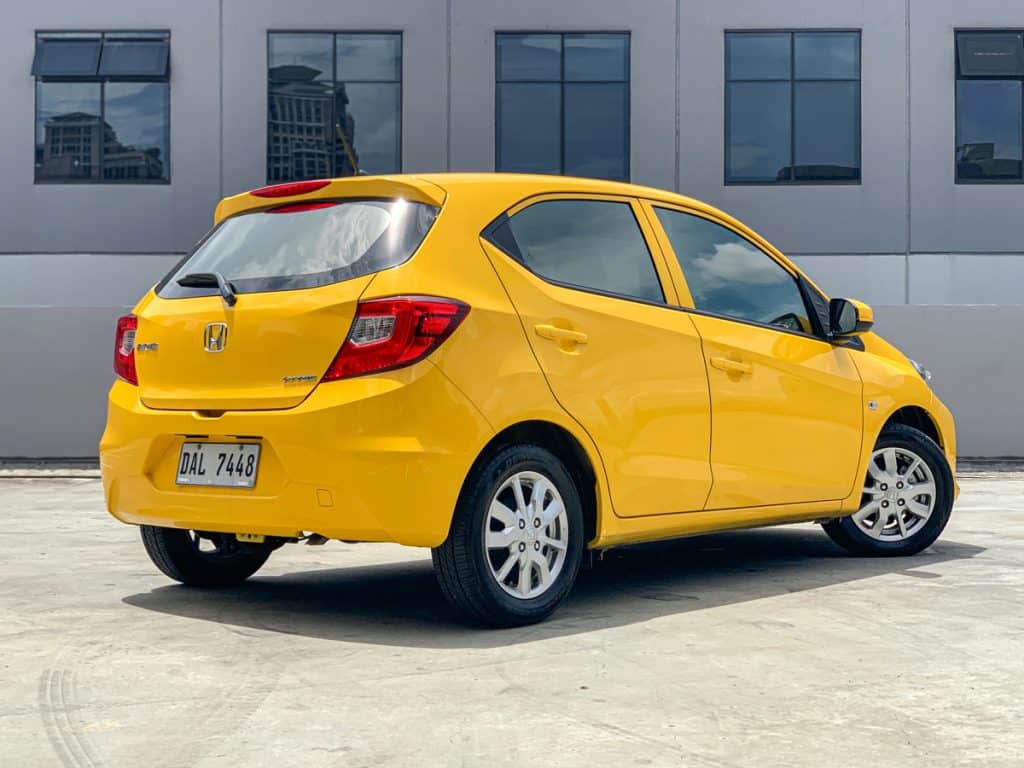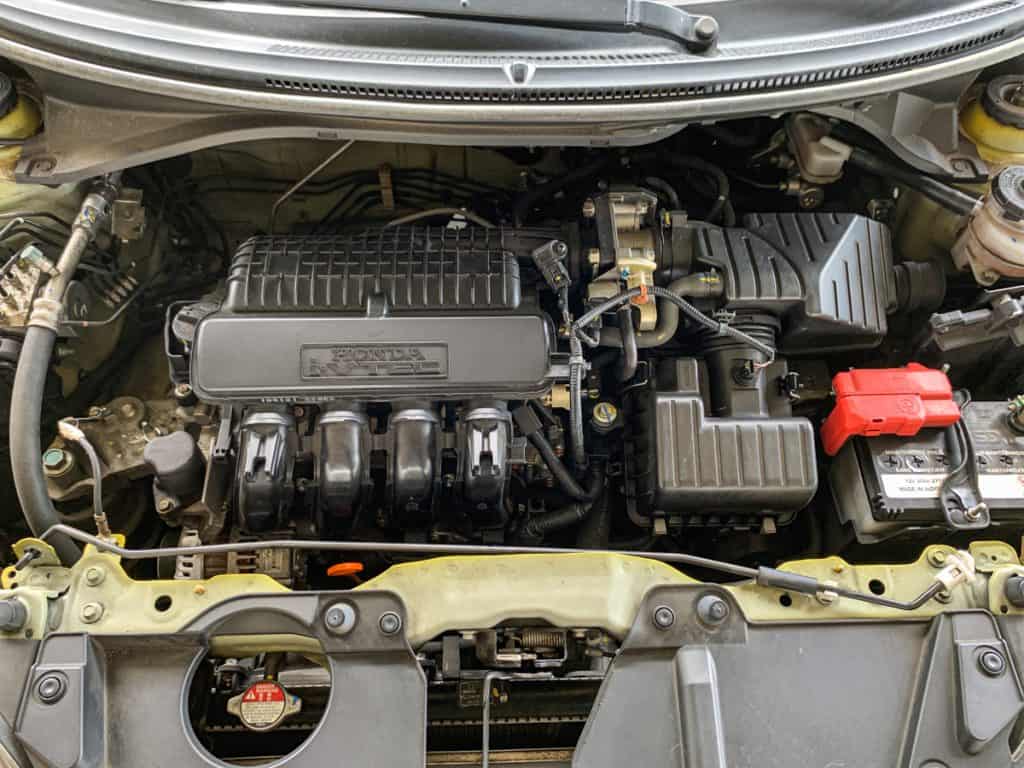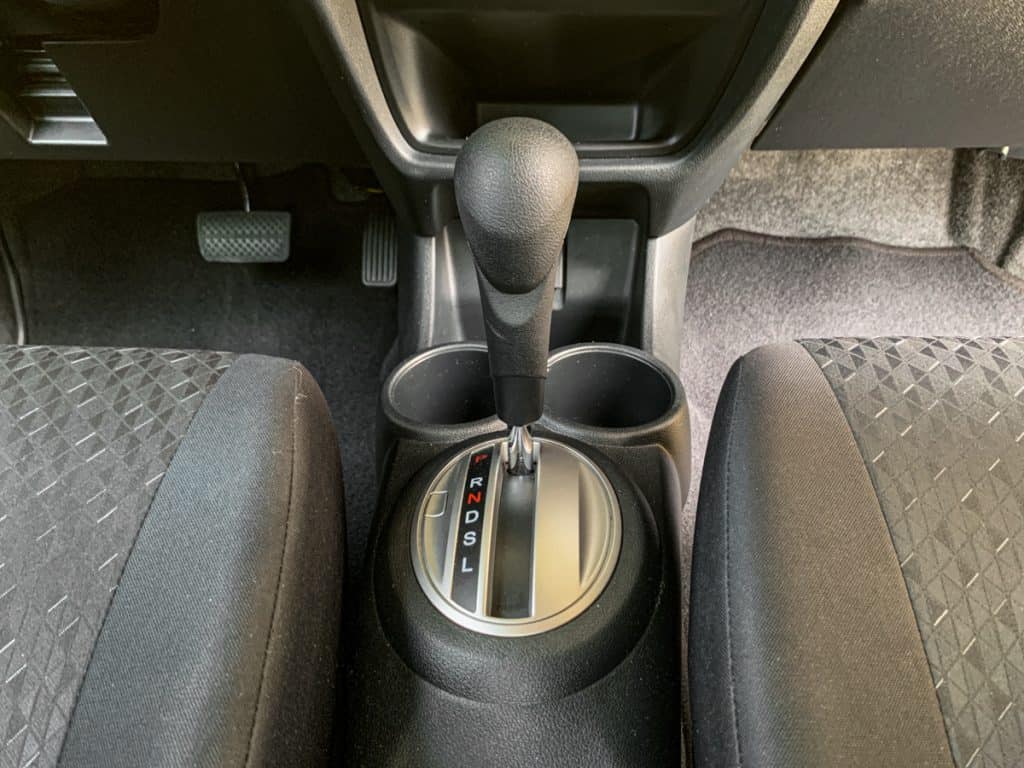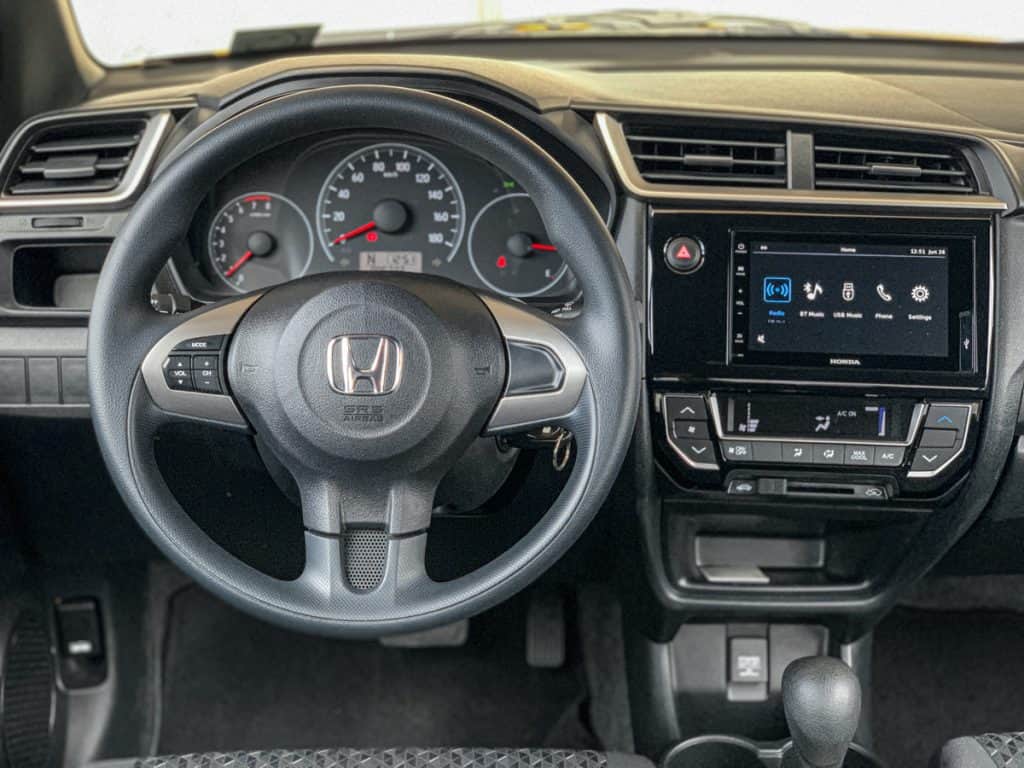Small hatchbacks are the go-to segment of Filipino car buyers when choosing a first car. They’re affordable and easy to drive, which makes them quite attractive to both experienced and inexperienced car shoppers.
One of the more popular names in this segment is the Honda Brio. Now, Honda Cars Philippines Inc. (HCPI) has done a great job with the Brio’s redesign. It serves as proof that a lot can be done to improve an aging model’s appeal through a facelift. However as with any other vehicle, the Brio isn’t a perfect car, and here are the things you should expect if you’re planning to buy a Honda Brio, including the highs and the lows.

For this quick Brio review, we tested a V CVT trim in uber-striking Carnival Yellow paint. It sells for P658,000, while the higher RS CVT trim comes with a P730,000 sticker price (plus P5,000 for the black roof).
Pros
The Honda Brio, even on its mid-tier V trim, is arguably the best-looking in its class. I said ‘arguably’ as the introduction of the refreshed Toyota Wigo this month can somehow sway hatchback buyers into considering the Toyota model over the Brio. But ultimately, the Brio is undeniably the sportiest looking, deviating from the usual cute design approach in this class.
The Brio is also one of the most powerful in this segment, second only to the 1.4-liter Chevrolet Spark. Its 1.2-liter SOHC i-VTEC engine makes 89hp and 110Nm of torque, firing from four cylinders, which a lot of car buyers prefer over usual 3-cylinder ones because of esteemed reliability.

Another thing that goes for the Brio are the well-executed plastics in the cabin. They aren’t cheap-looking as expected, and that’s primarily because of how Honda is able to lay down the design through complementing textures.
Lastly. the Brio benefits from its zippy handling, able to take steering inputs almost at will. Take it to winding roads and you’ll feel the benefits of its relatively low and wide stance, as opposed to the egg-shaped approach of its rivals. Plus its maneuverability in tight city streets is unquestionable.
Cons
One of the downsides of the Brio is its CVT. While Honda is among the brands that able to offset the downsides of CVT with its Earth Dreams technology, the Brio didn’t benefit as much. The rubber band effect is evident in this car, and you’ll likely have to press harder onto the accelerator most of the time to access the touted power in reserve. As a silver lining, the Brio is one of the most fuel-efficient samples in its class because of its CVT.

Another thing to watch out for is its 7-inch infotainment system. Sure, it’s touchscreen and has a clear-cut display, however, its Bluetooth pairing function doesn’t work flawlessly as you would like it to; it doesn’t auto-connect to your smartphone, which is a bit of a shame. Plus, the placement of the head unit-mounted USB port can be a bit of annoying, especially if you had to charge your phone while driving.

The Brio also lacks rear parking sensors nor a camera, which are found in similarly priced rivals. Not much of a con, really, since this minute car is quite easy to park, but those features don’t hurt to be included. It also doesn’t have a tonneau cover for the cargo hold.

